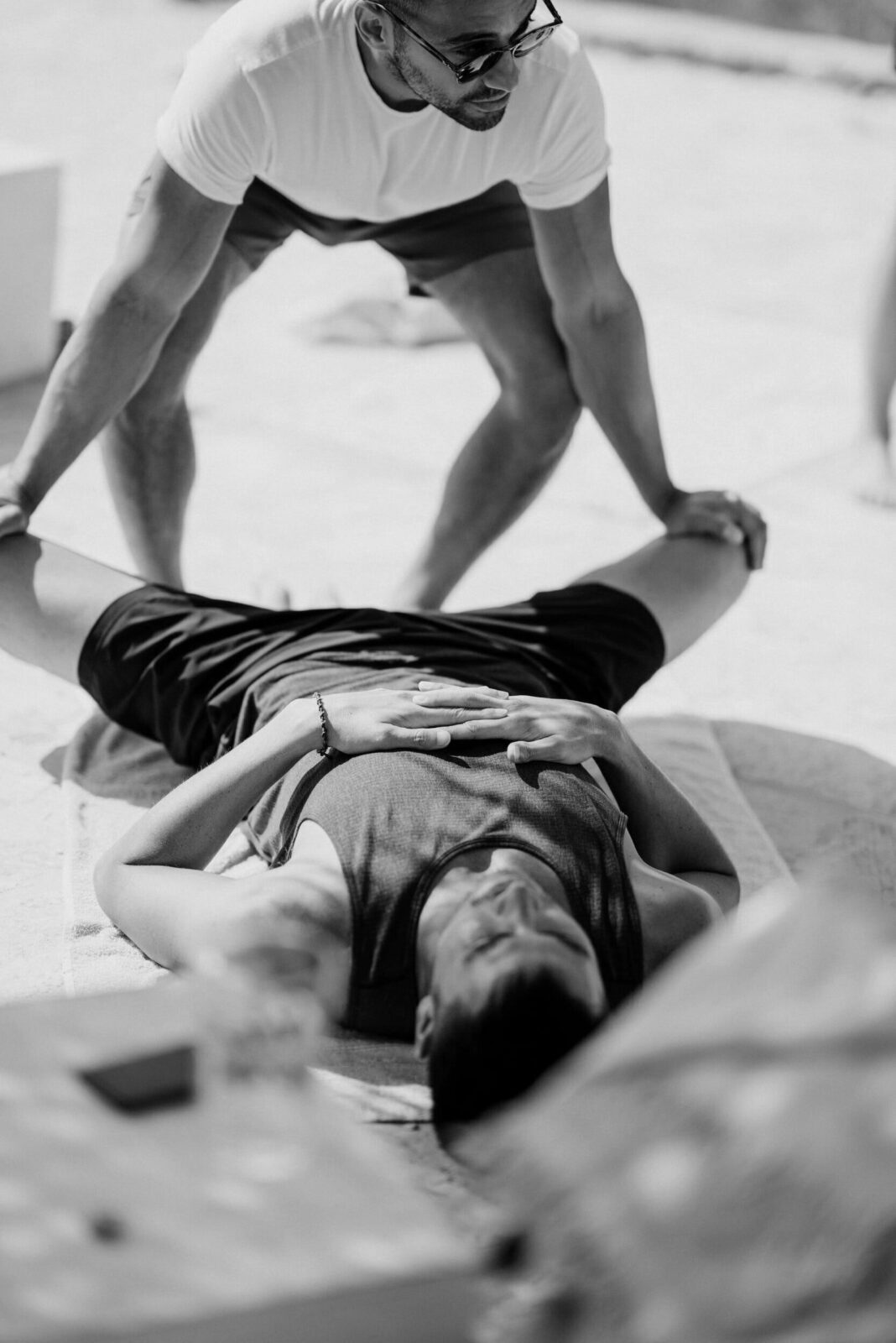CATHLIN FITZGERALD, PT & DPT.
Unfortunately, a lot of runners I’ve seen over the years have had some level of experience with stress fractures. As a result, they know the signs to watch for and many of them will use a hop test.
On occasion, a runner will come in with what they think might be a hip stress fracture, but the signs and symptoms don’t quite line up. The runner says that hopping feels ok and the pain is more isolated to the groin.
Osteitis pubis is a diagnosis that’s been popping up more frequently. It’s defined as “a painful chronic overuse condition affecting the pubic symphysis and surrounding soft tissues”.1 Like many overuse conditions, there is often inflammation at the site of injury. The pubic symphysis is where your right and left pubic bones are joined by cartilage, just above your bladder. Research has shown that muscle imbalances between the abdominals and hip adductor muscles are a significant contributing factor to this condition.2
The abdominal and hip adductor (groin) muscles work in opposition to stabilize the pelvis during single-leg stance. This sort of stability is required constantly throughout running. Remember, you are only ever on one foot at a time! So if one of these muscle groups is stronger or weaker than it needs to be, the pull on the bone will be too much in one direction. If this imbalanced muscle action occurs repeatedly, there will be a stress response. That stress response can occur at the bone itself or at the pubic symphysis. When it occurs at the pubic symphysis, that’s osteitis pubis. (Literally Latin for inflammation at the pubic bone.)
While on the whole, this injury is less common, it’s important to consider in the case of some unexplained and unresolved pain. There are four different stages used to categorize the severity of the condition and if osteitis pubis progresses past the initial stages, it often requires a longer rest period.
Studies have shown the importance of a progressive rehabilitation program1, and that is consistent with my experience in helping runners through this injury. A good physical therapy program should start with stabilizing the low back and pelvic region in isolation and then progress to more complex movements.
If you are having long-standing, unexplained groin pain, this might be a diagnosis for your healthcare provider to consider.
Sources:
Giaai AV Frizziero A Finotti P et al. “Management of osteitis pubis in athletes: rehabilitation and return to training–a review of the most recent literature”. Journal of Sports Medicine. 2019;10:1-10.
Omar IM Zoga AC Kavanagh EC et al. “Athletic pubalgia and sports hernia: optimal MRI imaging technique and findings”. Radiographics. 2008; 28(5): 1415-1438.

